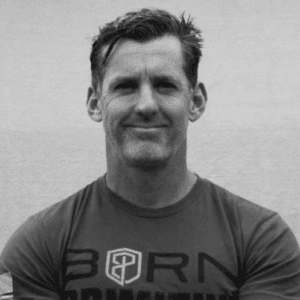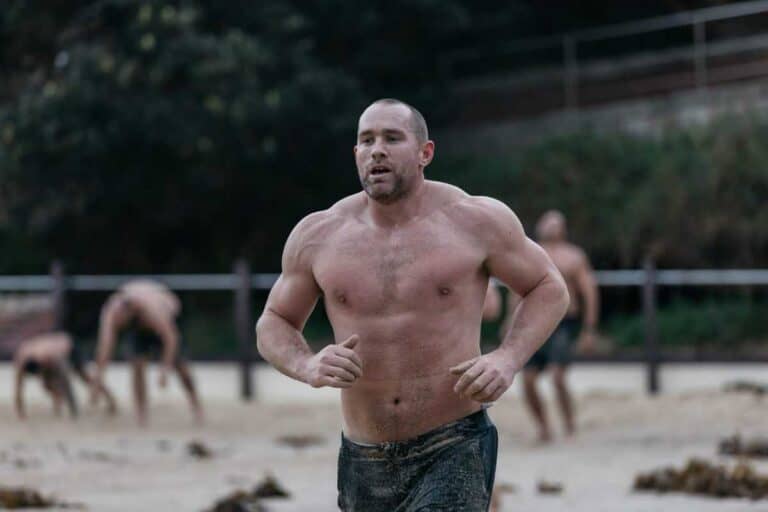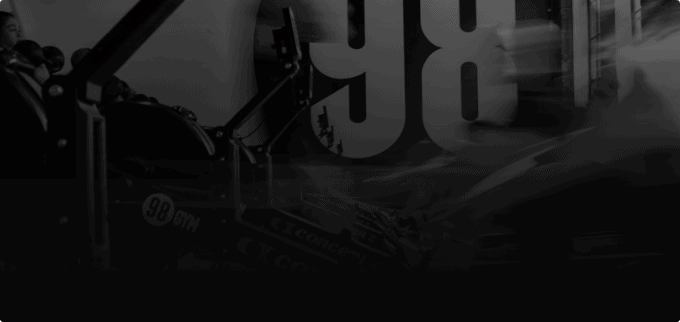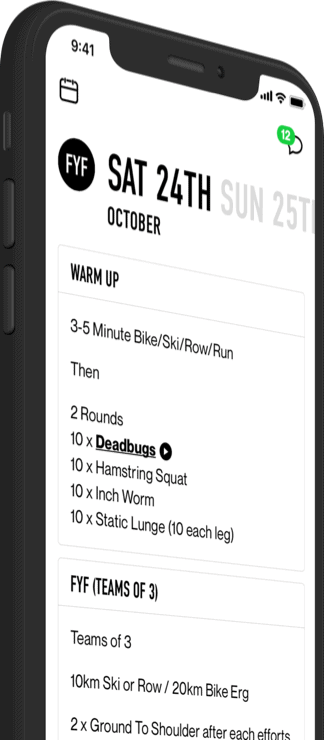We should think in terms of achieving goals based on purposeful outcomes and focus on the required behaviour change over goal setting. Despite behaviour change being difficult, if you have a plan to address discomfort you can easily achieve the desired behaviours for a worthy purpose and avoid setting goals based on avoiding discomfort, that ultimately won’t withstand the difficulty of behaviour change and result in inevitable failure.
We are just under a month into the new year and it’s statistically likely that around 75% of all new year’s resolutions will have failed by now and only about 8 – 10% of people will see it through to achieve their desired outcome. Data in general suggests that the average success rate for any goal setting is around 8%. Interestingly, the amount of research and information available has grown immensely over the years, a simple search of google scholar on goal setting related research reveals over 4 million articles. Despite this, there doesn’t appear to be any meaningful improvement on the success rates of personal goal setting.
Although there are several possible explanations, one that is worth considering is the way in which we look at goal setting and the deep underlying emotional motivation. The common method to go about achieving a goal is to follow a set of procedures to help develop a plan to achieve that goal. These can be in the form of, a simple acronym, a step by step guide, a flowchart or any other pattern, often developed from the clinical research and formatted into an appealing marketing concept.
The issue here is that these systems generally provide little guidance on how to develop the behaviour change, how to overcome the inevitable sticking points where difficult behaviour change is required, or the emotional motivation behind the intent of the goal. Considering that the 2 most common goal types are either exercise related or weight loss I will add some context under these themes.
If the goal is weight loss, this is usually quantified through the aim of hitting a certain weight, body measurement or clothing size. Or if its exercise it can often be around hitting certain fitness benchmarks or strength measure or combination to achieve a set body image. From here, there is the design and implementation of a plan to achieve the set outcome. The problem comes when things start to get uncomfortable.
When it gets uncomfortable, the motivation of the goal is tested. Is the real motivation behind the goal based on a desire to achieve a specific level of weight or fitness to improve your current lifestyle, take on a specific challenge or beneficial purpose? Or is it based on avoiding specific situations in which you feel uncomfortable based on your current weight, body image or level of fitness?
If it’s the latter, once discomfort arrives in the form of new allocation of time to exercise, change in dietary choices or general behaviour change, then when you enter a certain level of discomfort or it matches the level you felt that instigated the original goal, you will seek out distraction and comfort. Distraction is a primitive function that we utilise to avoid situations in which we feel uncomfortable and in the modern age distraction has never been easier. For instance, if we are going to change behaviours around training earlier in the morning to provide suitable time, before long the change in circadian rhythm is going to make us fatigued as we adjust to the new rhythm, or the seasons transition into winter and its dark and cold, or it rains, or any other possible factor that causes an increase above your threshold for discomfort. This then creates a desire to avoid the feeling of discomfort and your mind starts to seek out distraction through comfort seeking behaviours over the required behaviour change. Luckily for you, the alarm clock has a snooze function, or your phone is right there (probably because it is your alarm clock) or any other infinite number of possible solutions that can comfort your need for distraction and reward alternative pathways in the brain. Before long the behaviour change has failed and you have returned to your previous lifestyle habits, or worse created a distractive behaviour and reinforced the negative habits that have been already ingrained.
To minimize the impact of the inevitable collision between behaviour change and discomfort try changing the way you do your goal setting.
- Rather than think in terms of quantifiable goals based on simple measures and focus on the outcome, define the behaviours that you need to improve that will lead to the desired outcome. Specific success objectives should not be the measure, but the outcome of the implementation of positive behaviour change.
- Implement behaviour change in small steps, have progress points to work toward to narrow down your focus on the next small thing. If I’m going to successfully achieve a large challenge, I break it down into small components along a simple time line. Working back, I can prioritise the important markers, define the underlying behaviours and the time frames required to meet those specific objectives. Focusing on one foot in front of the other can alleviate concern about the immensity of a large worthwhile challenge.
- Choose a purposeful challenge. If your challenge or goal is based on avoidance of discomfort, then it is going to have no real intrinsic value. Then when things get hard, and any good goal always has solid obstacles, you won’t have the fortitude to endure through the discomfort and make the necessary adjustments to continue on your planned path. It is more likely you feel negative emotional stress because your goals aren’t purposeful enough, than having the distress caused by your concern in your ability to meet a worthy challenge.
- Have a plan to tackle adversity. We encounter disruption to our path every day and your ability to maintain momentum is heavily reliant on the strength of your contingency plans. If you’re tired – what is your plan, if it rains – what is your plan, if your friends invite you out – what is your plan. Think about the most likely distractions and have a quick plan to enact to avoid any procrastination and potential diversion from your path.
- Lastly, consider your circle of influence, it is reported that you are as high as 60% as likely to develop similar outcomes as those closest to you through passively adopting their behaviours. Both positive and negative. If you want to adopt positive behaviours, spend time with those that already display those behaviours and let the power of influence do its work. In contrast, if you want to change negative behaviours, perhaps you need to do some social pruning and limit your exposure to those displaying the negative behaviours you wish to avoid.
Although this is not an exhaustive list of considerations and different systems and approaches work differently for everyone, try changing the way you look at goal setting and think in bigger terms. To help maximise the chance of success focus on refining the big three first – sleep, exercise and nutrition. This will set you up with the optimal cognitive function to make the right decisions and choices to start achieving what’s important to you. Achieving your full potential isn’t about hitting short term meaningless goals to avoid discomfort, it’s about pushing your limits to achieve powerful changes that you can continue to evolve from and move not from just good to great but become a true outlier!








